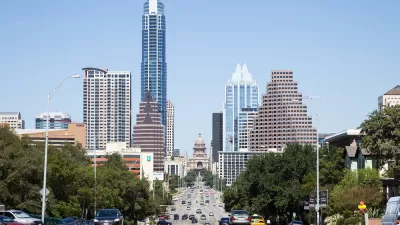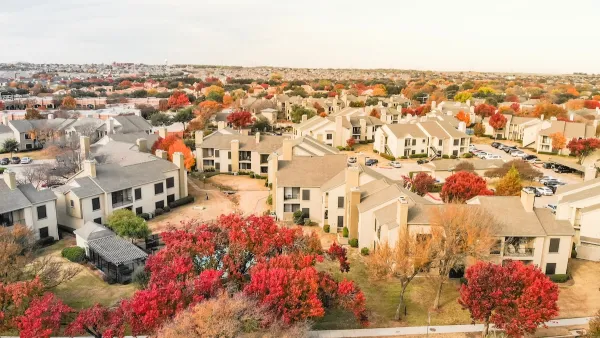Yonah Freemark provides a comprehensive explainer of the nuts and bolts of population analysis, applying that expertise to an examination of downtown population change.

Yonah Freemark writes an in-depth explainer post about population changes around the United States. Before beginning with an analysis of downtown populations, Freemark describes in clear detail his methodology. The introductory passage thus has a lot to teach about the benefits and shortcomings of the tools available for demographic analysis, which have advantages and disadvantages at every level (i.e., region, county, city, tract/block/block group).
Then, Freemark "delves into the question of how to measure population growth in urban environments by examining frequently used measures of demographic change and comparing them to alternatives," because "the question of what cities are growing and what cities aren’t is at the core of some of the most pressing debates in today’s urban planning–so understanding how a place’s population change is occurring is essential."
The post digs into his analysis to produce findings about the downtown areas of cities like Los Angeles, Las Vegas, Houston, Indianapolis, and New York City, among others, and some general trends from cities around the country. On that latter count, this passage is just one of the many important revelations and explanations from the article:
The U.S. has gained more than 140 million people since 1960, and the growth of its largest cities has at least to some degree corresponded to that; the total population of the 100 largest cities in 1960 grew from 47.5 million then to 57.4 million in 2014. Yet this growth has come largely through annexation and not through infill development or construction downtown…
Though taking a different route to the conclusion, that claim also supports another recent article debunking the commonly cited statistic that half of humans live in "cities." Freemark's post is thus another productive move to reorient the discussion about city growth.
FULL STORY: Reorienting our discussion of city growth

Planetizen Federal Action Tracker
A weekly monitor of how Trump’s orders and actions are impacting planners and planning in America.

Maui's Vacation Rental Debate Turns Ugly
Verbal attacks, misinformation campaigns and fistfights plague a high-stakes debate to convert thousands of vacation rentals into long-term housing.

San Francisco Suspends Traffic Calming Amidst Record Deaths
Citing “a challenging fiscal landscape,” the city will cease the program on the heels of 42 traffic deaths, including 24 pedestrians.

Defunct Pittsburgh Power Plant to Become Residential Tower
A decommissioned steam heat plant will be redeveloped into almost 100 affordable housing units.

Trump Prompts Restructuring of Transportation Research Board in “Unprecedented Overreach”
The TRB has eliminated more than half of its committees including those focused on climate, equity, and cities.

Amtrak Rolls Out New Orleans to Alabama “Mardi Gras” Train
The new service will operate morning and evening departures between Mobile and New Orleans.
Urban Design for Planners 1: Software Tools
This six-course series explores essential urban design concepts using open source software and equips planners with the tools they need to participate fully in the urban design process.
Planning for Universal Design
Learn the tools for implementing Universal Design in planning regulations.
Heyer Gruel & Associates PA
JM Goldson LLC
Custer County Colorado
City of Camden Redevelopment Agency
City of Astoria
Transportation Research & Education Center (TREC) at Portland State University
Jefferson Parish Government
Camden Redevelopment Agency
City of Claremont





























